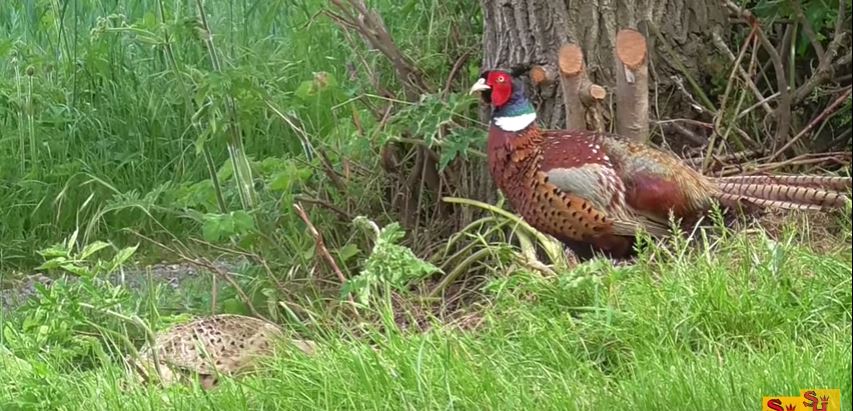What is Integrated Pest Management?

Integrated Pest Management is a pest control approach that integrates the best methods in an attempt to maintain pest populations under control. It started shortly after World War II, when artificial insecticides became widely available, and scientists started studying a way of controlling insect population to keep it underneath the limit considered to be healthy, thus preventing it from becoming a plague or becoming a threat to the agricultural industry.
Integrated Pest Management in America is based on six main principles that allow it to accomplish its purpose without becoming disruptive to nature.
The first of these basic principles is Acceptable Pest Levels. Complete eradication is often expensive, dangerous and unnecessary. The first step is to establish what a healthy population is, and establish thresholds. These are important in order to determine when a pest species is becoming too large and requires population control to once again reach a healthy level.
Preventive Cultural Practices are the next step. Making sure that only healthy crops are grown and that only pest control methods are used carefully in order to not create a resistance in a certain species are vital to achieve the management results needed for a healthy exchange between man and nature.
Monitoring these populations and the quality of the control methods is also vital. After this come the control methods themselves. There are mechanical control methods, which include traps and shooting, but also tillage and hand picking crops, to disrupt breeding behavior, thus keeping the population numbers under control.
Biological control is also a low cost, yet effective method. The introduction of insects and parasites that directly affect the targeted pest species is an easy way to weaken the animals and ultimately control their growth of numbers. Obviously, the insects and parasites will also have to be closely monitored and controlled to avoid an out of control invasion that may affect crops and other animals that are not considered pests.
Synthetic pesticides and other chemical substances are also used, but must be done so very carefully, as they affect the whole ecosystem, cause unwanted mutations or completely eradicate a species that was otherwise important to their natural habitat.
Go back to the How to Get Rid of Pests page or email us if you have any other questions about What is Integrated Pest Management?
About Us
We are the Pest Education Network, a non-profit organization that focuses on wildlife and pest removal education. Our approach utilizes Integrated Pest Management, a strategy advocating prevention and humane methods.


